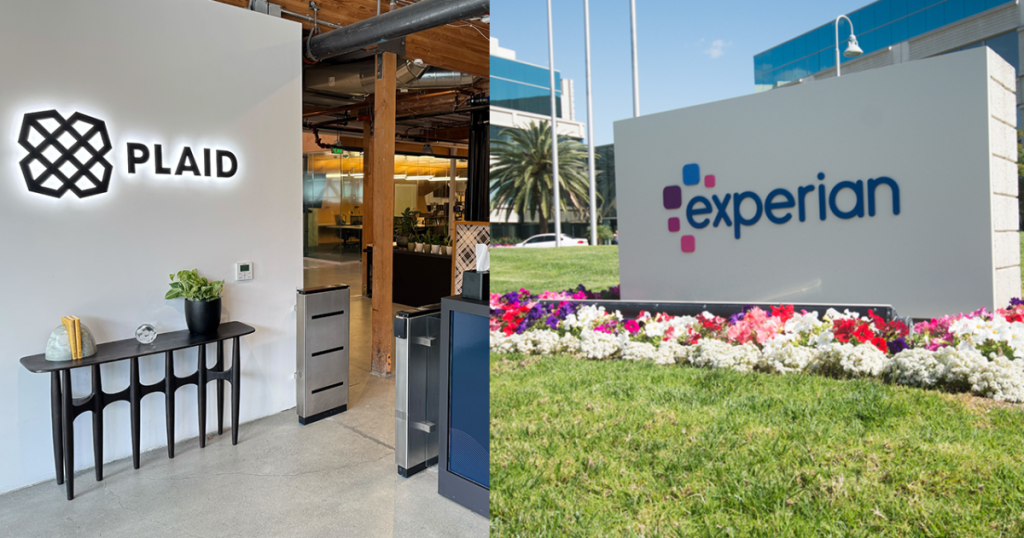Lenders are broadening their target audiences, often considering borrowers that don’t have a long track record with credit bureaus. Experian is trying to address this challenge by considering alternative data to provide a more holistic picture of a consumer’s financial health.
The credit reporting bureau is partnering with data aggregator Plaid to combine cash-flow data and credit analytics for lenders.
Experian already uses cash-flow data shared by consumers for its Experian Boost service, but the partnership will build separate “
One use case for cash-flow underwriting is helping individuals like recent college graduates or immigrants with a “thin credit file” get approved for better loans.
“Banks are asking for this data because there is such a significant impact to financial inclusion,” Ashley Knight, senior vice president of product management at Experian, told American Banker, referencing research from
While Experian Boost is designed to help consumers increase their credit profile, the Plaid partnership is designed for lenders, Knight said. Experian and Plaid will allow the consumer to grant access so lenders can have their bank data assessed for underwriting.
“The lender can take the credit data that they have already pulled from Experian, plus this cash-flow data, and use them both to make the decision to approve or deny a loan,” Plaid Credit Product Lead Michelle Young told American Banker.
“The availability of real-time cash-flow data addresses two critical industry challenges,” said Stewart Watterson, strategic advisor at Datos Insights. “It creates pathways to credit for underserved consumers that didn’t exist under legacy scoring models, and for financial institutions it expands the consumer lending addressable market while improving the ability to manage credit risk.”
Other companies are also harnessing cash-flow data.
Previously, the fintech Finicity (since
Other companies that analyze bank account or cash-flow data alongside other forms of credit data include
In a
“Traditional credit evaluation methods, while historically reliable, struggle to capture the complete financial picture of modern consumers, particularly given the rise of nontraditional income sources and alternative credit products,” said Watterson, who wrote the Datos report.
With lenders looking for new ways to evaluate a potential borrower’s risk and financial institutions
“There’s a lot of opportunity in the cash-flow underwriting universe,” Kate Drew, director of research for CCG Catalyst, told American Banker. “With this partnership you have Plaid providing secure data access and Experian providing the analytics. You need those two things in order to do cash-flow underwriting well.”
For lenders to access cash-flow data from Experian, the consumer needs to grant the credit bureau permission to access their bank accounts through Plaid. Drew told American Banker that the process of consenting to data sharing needs to be as friction-free as possible for consumers to start the process in the first place.
“It’s ultimately the consumer that is going to have to opt in to sharing this data,” she said. “Building a flow that doesn’t create a lot of friction helps them understand why they’re doing it and doesn’t result in drop-off is going to be really important to realizing the benefits.”
Although industry leaders are becoming increasingly attuned to the potential of cash-flow underwriting as an option for credit, the average consumer is often unaware of credit analysis options beyond the traditional FICO score.
“We are at the beginning of the beginning,” Drew said. “We’ve been using credit scores for a very long time as the standard for how we extend access to credit. This is going to take years to reach the mainstream in any meaningful way, especially with the entire element around consumer education. There’s a mind shift that needs to happen in the mind of the American consumer in order for this to really take off.”

